Heat pumps are very much in the news these days, as they’re set to replace gas boilers, helped by government incentives. There has been criticism of heat pump technology, but what it really boils down to is that they won’t work as well in badly-insulated homes. The priority for home owners should be to make sure the property is well-insulated first, before installing any renewables.
We cover ground-source heat pumps more than air-source heat pumps in our topic introduction, so here’s some additional information about air-source heat pumps from our advisor John Cantor:
Reversible air-conditioning / heat pump
Many of the wall-mounted air-conditioners that you see outside offices and shops are reversible. These can operate in heating-mode as well as cooling.

They are often optimised for cooling mode, so their energy efficiency in heating-mode can be inferior. Systems specifically designed for heating have been with us for some time. These are more energy-efficient, but the build-quality and efficiency will vary greatly from model to model; In many ways – you only get what you pay for.
Air source heat pumps for domestic heating
The more common Air Source Heat Pump (ASHP) heats water, and these are optimised for house heating. The unit usually sits outside your building, and contains an electrically-powered refrigeration mechanism with a finned heat exchanger and a large fan. The heat is extracted from the outside air and transferred to produce warm or hot water.

This type of ASHP is becoming quite popular and the Japanese-type design has become very sophisticated and energy-efficient. They usually circulate warmed water to either underfloor heating pipes or large radiators. When required, they can automatically ‘divert’ to heat a cylinder of hot water for domestic use (dhw). They are relatively easy to install but like all heat pumps, great care must be taken with the design to ensure that they are energy-efficient so that running costs are low.
The outside air is however not the ideal heat source in mid-winter, when the heating demand is highest, and the air is at its coldest. That said, they can still work at outside temperatures as low as -15°C. It should be noted that a vast number of days in the year are somewhere between ‘mild’ and ‘chilly’, where air-source efficiency is good.
At outside air temperatures below around 7°C (45°F), frost will tend to form on the heat exchanger fins. This will be worse in damp misty conditions, but frost build-up may be very slow in extremely cold dry weather. Frosting restricts the air passages and reduces the efficiency so a de-frost mechanism is deployed that reverses the system to melt the ice. This process is not as wasteful as may be first thought, but it still contributes to a reduction in energy-efficiency (in the region of 10%). It also reduces the maximum heat output due to the time spent in reverse mode. In general terms the most sophisticated and energy-efficient defrost methods are usually fitted to more expensive heat pumps.
Noise and air source heat pumps
In the past, many air source heat pumps were irritatingly noisy. However, over the last 20 years or so they have generally got quieter and quieter, and still are.
The topic is very subjective, and what is noisy to one, may be quiet to others. And whilst the owners of heat pumps may be more accepting and tolerant of the noise, it is often neighbours who may not look so kindly on the noise intrusion, even if it’s fairly low.
Any MCS accredited installer will have a method of assessing the noise. Indeed, it is a general requirement to ensure that a heat pump complies with respect to the proximity of neighbours’ windows etc.
There are various websites discussing the topic.
Reference to the MCS method of assessing potential noise can be found here
That aside, if you are installing a system, you may want to get a feel for the noise level to expect. Most ASHPs are now variable (inverter) speed. At low speed they may be extremely quiet, but at certain times they will speed-up.
If someone shows you a very quiet heat pump running, you should be mindful of the following –
At full-power, and especially when operating at a higher temperature (e.g. when heating the hot water cylinder) the noise will be greater. Also, stopping and starting can be more of a noise problem than steady continuous running. Luckily, most inverter (variable) types will start up at low speed, so the start can be un-noticed.
The defrost can in some cases be the noisiest part of the operation. Some models do a little ‘sneeze’ at the start and finish of defrost. This only happens when the air is below around 7°C (45°F).
All that said, the heat pump manufacturers do many hours of research with the aim of being quieter that their competitors, so things get better all the time. As a final thought, some boiler flues are quite noisy. Road traffic can be extremely noisy, and a thing that we seem to accept.
A few tips
Many models have a reduced-noise setting. This is usually at the expense of lower output. It could either lower or raise the energy-efficiency. This feature could be used at night if the function is available. Simply limiting the maximum output (the maximum speed of the compressor) would reduce the noise, but very few models have this option.
Timing some ‘off’ periods using the program facility may in-part help solve a noise problem, especially on hot windows-open summer nights.
Air heat recovery
Exhaust-air heat-recovery heat pumps take their heat from ventilation air extracted from a building. They have been used very successfully in some countries (e.g. Sweden) on multiple-occupancy larger blocks of flats.
There are many ‘passive’ air-air heat recovery systems that can recover up to 90% of the otherwise wasted heat. These have no heat pump in them and are very cheap to run. They must be properly installed in air-tight buildings so are well suited to new-build houses. Such systems can be energy-efficient if designed well, but there is always a danger that badly installed ventilation systems increase the demand on the house’s heating system. i.e. ventilation is in excess of requirements, and the heating system (e.g. radiator) load goes up.
The small air-to-water domestic hot water heaters (dhw) are sometimes optimised for exhaust air above say 15°C. i.e. for use with exhaust ventilation air. For homes with few occupants, the ventilation air flow rate may not be enough for the system to be efficient. Other units have larger heat exchangers that can use colder outside air. This type of unit may not be so energy-efficient in winter, but on average over the year, the efficiency can be reasonably good.
Main image: Piisamson, CC BY-SA 3.0

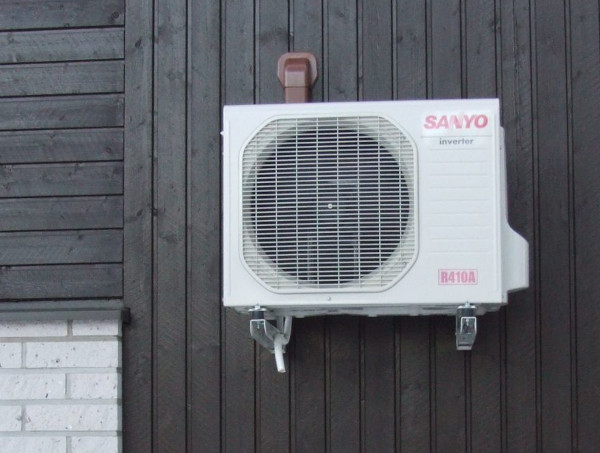
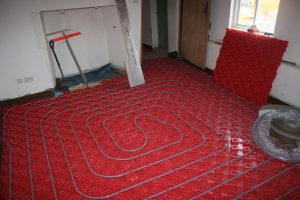
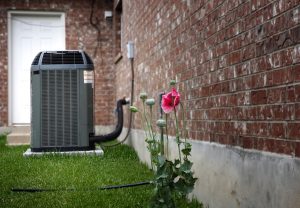
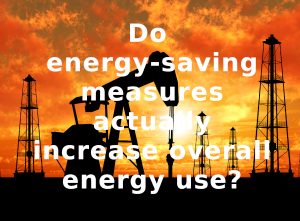
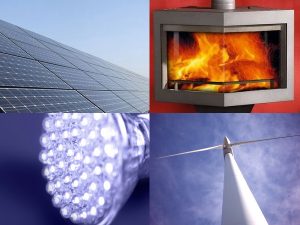
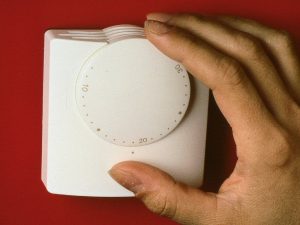
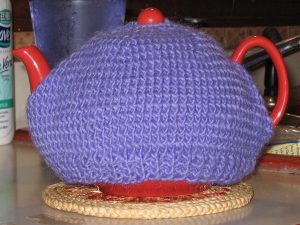
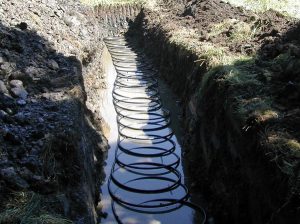
2 Comments
Excellent article, thank you. I’ve been invited to take advantage of my LA grant aided scheme re: insulation or air source heat pump. Not both, a limit of £10,000 and no allowance for the householder to add to the 10 in order to get a better allround solution. The contract is with Eon who have been unable to provide me with any technical info. The attitude has been – well you’re getting it for free, why are you asking questions? So I’ve given up for the time being – I’m banking on the technology improving, cost going down, and a change of system that would allow my LA to develop a local supply chain instead of outsourcing to a company bsed in Germany. I think your article makes it clear how much there is to making an informed decision. It also confirms what I got from my limited dalliance with eon – every high street needs an independent green energy advice service.
In the meantime, grand job and thank you!
That is a strange dilemma… insulation OR ASHP, and nothing in between. I have always erred towards insulating first, and possibly, insulate by a certain amount simply to reduce the size/cost of the ASHP system. An interesting article here suggests that in order to make the best carbon savings, we need to install ASHPs asap after only a modicum of insulation improvements. https://essaysconcerning.com/2021/11/08/insulate-britain-yes-but-by-how-much/ I am finding it hard to get my head around the topic. There is such a variety of options for insulation, and no two houses are the same to put it mildly. The cost for insulation measures could vary wildly. Is this scheme aimed at a particular house type/size?
Unfortunately, the RHI has not helped in that often more money is made if you don’t insulate.. Your scheme doesn’t seem that well thought through… why £10k? There is such a variation in house size/use/type, that install costs could vary widely.